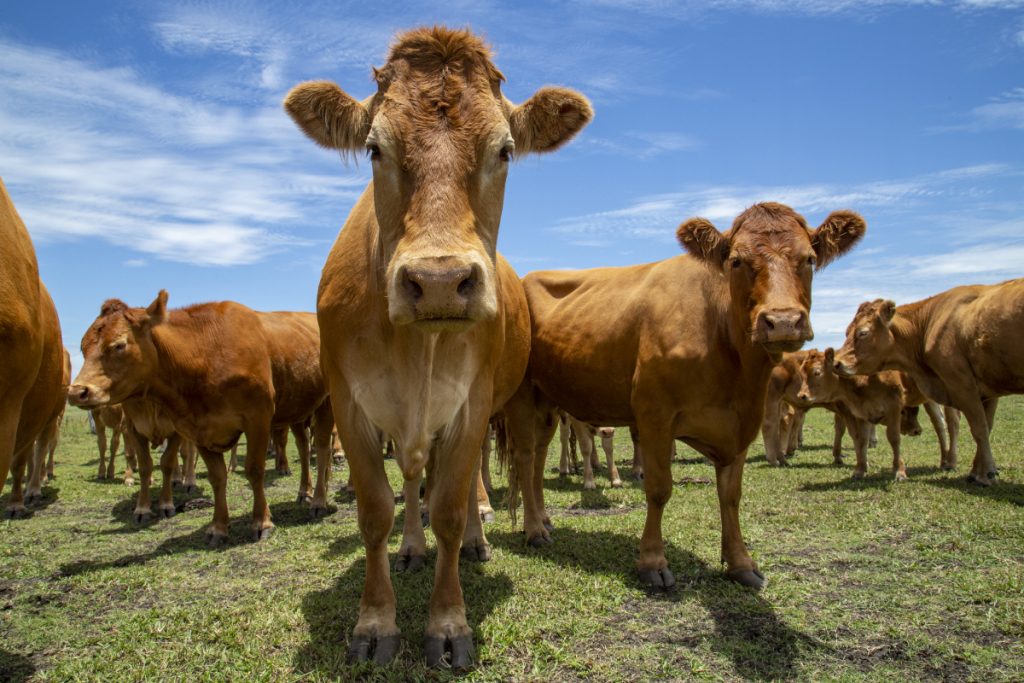According to the Food Agriculture Organization (FAO) index, global food prices for the month of March scaled higher by 12.6% to 159.3 points, the highest seen since the index was launched in 1990. This was attributed to a plethora of factor key being the food supply disruptions as a consequence of the Russo – Ukrainian war impacting meat exports and other bottlenecks such as dairy shortages in Europe. The FAO report that vegetable oils, cereals and meat sub-indexes all climbed to record highs while the sugar and dairy indexes similarly jumped.
The current state of the world given the geopolitics in Europe has impacted food prices as sugar prices rose 6.7% pushing the FAO Sugar Price Index to 117.9 points supported by increased demands for the commodity as an input into ethanol production as a substitute for crude oil given the supply hurdles the war is poised to bring. Other drivers of the uptick in sugar prices are the strengthening of the Brazilian Real against the dollar which tends to restrain producer selling due to lower returns in local currency.
The FAO meat index shows a 4.8% increase in index price weighed by the export hurdles Ukraine faces in addition to global slaughter pig shortages in Eastern Europe coupled with disease such as Avian flu. The shortfall is ahead of the Easter holidays. Internal poultry prices steepened because of the advent of Avian flu and Ukraine’s inability to export poultry meat.
Dairy product index was 2.6% higher to 145.2 points, the seventh consecutive rise as tightening global milk markets due to inadequate output in Western Europe and Oceania to meet global demand. Butter and milk powder prices rose underpinned by increased import demand for near and long term deliveries especially from Asian markets and Western Europe.
WHAT IT MEANS FOR THE ZAMBIAN MARKETS
For the Zambian economy, rising global food prices spell higher inflation prospects as the Southern African economy is a heavy importer of cereal, dairy and vegetable oils. The rise in food prices is highly likely to create imported inflation that will negative the current inflation gains as consumer price index extends an ebbing trajectory. Zambia’s central bank target of 6-8% inflation has come under threat from rising crude and now food prices. Inflationary pressures ultimately widen the odds of a rate hiking cycle.
On the upside, rising soft commodity prices on the positive side widen agro exports to allow farmers earn higher proceeds. This could motivate wheat farmers to increase production as price bulls persist.
The Kwacha Arbitrageur

